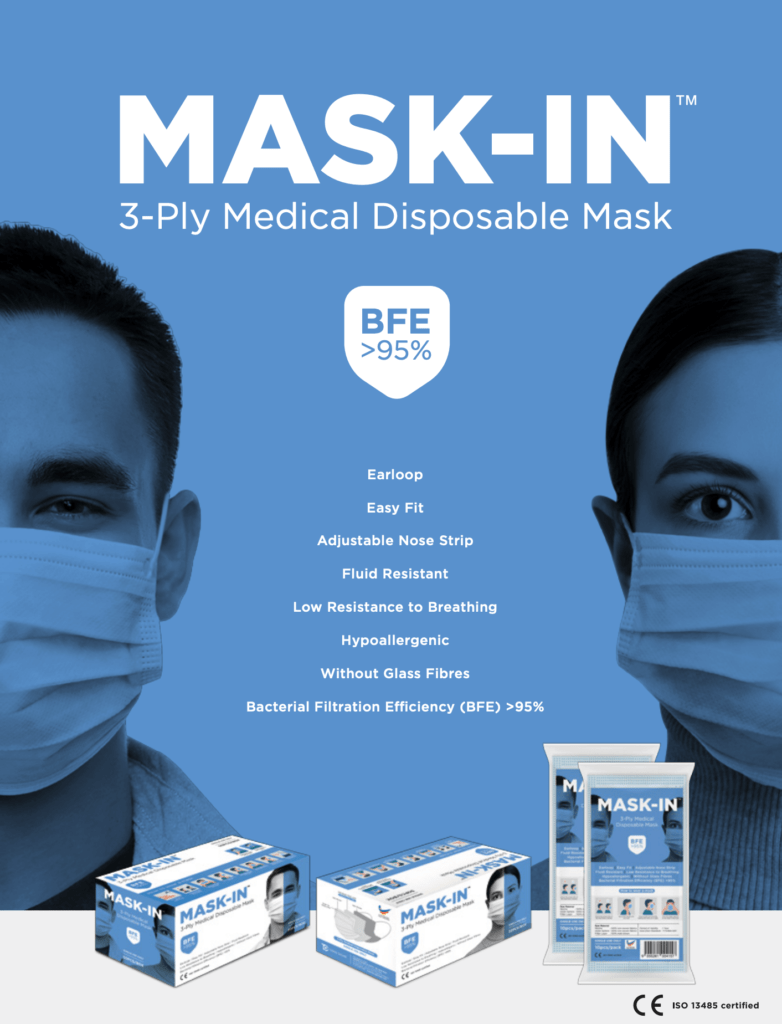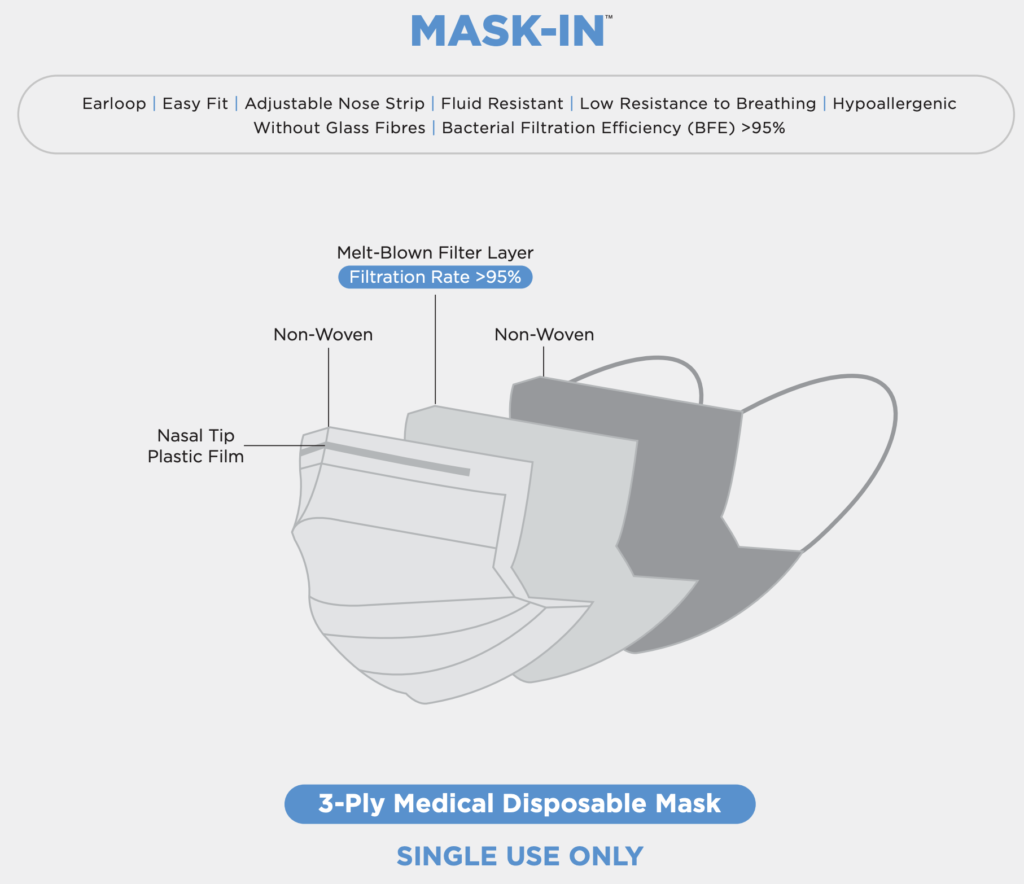

As researchers continue to look for a vaccine for COVID-19, other important safety measures, such as wearing a face mask, washing hands frequently with hand sanitiser (that contains about 61% alcohol) or soap and water, as well as practising social distancing, has been helping the spread of the novel coronavirus.
So, what type of mask is ideal for preventing the spread of COVID-19? In this article, we focus on the various types of face masks and their effectiveness.
According to the WHO (World Health Organization), the Sars-CoV-2 virus that causes COVID-19 disease is spread through respiratory droplets.
For now, only a mask can be effective in preventing these respiratory droplets (that come from an infected person) from getting into your mouth and nose.
If you are infected with COVID-19 and do not know it, a face mask is very effective at keeping your respiratory droplets from spreading to others.
You should wear a face mask in public places where you will meet other people, for example, when you visit the mall, restaurant, and school, inside an office or when taking public transportation.
The only exceptions are times when you are alone or with your family.
The World Health Organization recommends that everyone above two years old should wear a mask to prevent further spread of the COVID-19.
Below, we have listed nine various types of masks.


Homemade cloth masks are common these days, but do they provide enough protection for the SARS-CoV-2? Well, the type of material used in making cloth masks will determine how effective the mask will turn out to be.
According to an article published in “The Journal of Family Practice,” fabric masks come in single-layer, double-layer, and triple-layer. A triple-layer mask is more effective than a double-layer mask which is more effective than a single-layer mask.
Homemade cloth masks made with quilting cotton may provide about 35% of particle filtration to the wearer, which is enough to reduce the amount of Sars-CoV-2 virus that an infected person releases into the air.
Just as homemade cloth masks vary with the kind of material used in their construction, store-bought cloth masks also vary in terms of the thickness of the material used. The thicker, the better.
Low-quality masks are made with very thin fabrics and only offer around 18% protection, while high-quality cloth masks are made with very thick fabrics and offer up to 90% protection.
A neck gaiter is a tube of fabric that is worn around the neck to protect the face and neck. It can be adjusted up or down and is widely used by outdoor enthusiasts. The most common neck gaiters out there are made with synthetic fabrics, which may be harmful to the body.
If you must use neck gaiters to prevent the spread of tiny particles, then opt for the ones that are made with natural fibres, such as cotton.
Balaclavas are quite similar to neck gaiters – they are tight-fitting fabrics that cover the head and neck on hand. They can also offer some protection against the spread of coronavirus.
Many customized cloth masks come with filter pockets made with polypropylene material which can trap small particles.
When you introduce filter pockets into a two-layer cloth mask, you are simply increasing the filtration efficiency to around 71%. Filter pockets can be expensive, so most people replace them with folded facial tissues which offer some level of protection too.
The only precaution would be to change the tissue filter daily.
Warning: An infected person should not rely on masks with exhalation vents or valves as the valves or vents allow unfiltered air to escape.
T-shirt masks are easy to make, inexpensive, and customizable. However, they offer only one-third of the protection that disposable surgical masks offer.
A bandana is more of a fashion item than protective gear. It is a triangular piece of cloth that is often worn around the neck to cover the nose and mouth used by cowboys to prevent dust and sneeze-related spray.
When used against a more dangerous particle like the Sars-CoV-2 virus, bandanas may offer some level of protection.
As the name implies, cone-style masks are specifically designed to cover the nose and mouth. According to a study by Arizona State University researchers, a cone-style face mask is less effective at containing droplets and spray than a double-layer cloth face mask; however, it is more effective than a bandana.


3-ply disposable protective masks or disposable surgical masks are primarily used to stop tiny droplets, splatters, and sprays.
Wearing disposable surgical masks can reduce the spread of respiratory infection as it is designed with a 3-layer construction to filter out around 60% of inhaled particles and large droplets. They usually come in white, pink or light blue colours and cannot be used more than once, hence the name disposable.
For example, Teong Chuan 3-ply disposable protective masks that are hypoallergenic and fluid-resistant offer bacterial filtration efficacy up to 95%. Other properties of the Teong Chuan 3-ply disposable protective mask include adjustable nose strip, low resistance to breathing and easy fit.
N95, N99, N100, P95, P99, P100, R95 respirators offer excellent protection against COVID-19 and other respiratory diseases – which is why they are recommended by WHO and healthcare providers all over the world. The N95 face respirator is the commonest, as it offers 95% filtration.
The Covid-19 pandemic is still a threat. One of the best ways to protect yourself and others from this deadline virus is by wearing a mask. For more information about protective masks, feel free to get in touch with our specialists.